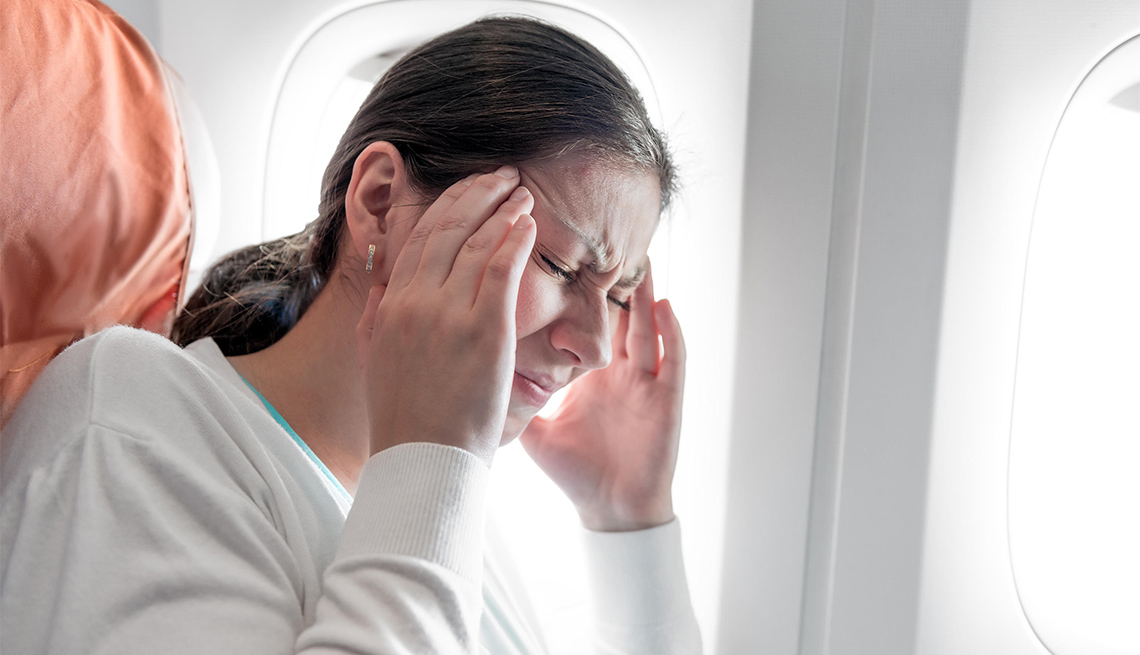AARP Hearing Center
A 52-year-old Boeing executive from Washington state experienced a traveler’s nightmare in 2012: He had a heart attack while flying home from Dubai to Seattle on United Arab Emirates. The crew had a beyond-bare-bones medical kit with an electrocardiogram machine on board, but too weak a Wi-Fi signal to transmit the files to the MedAire health consultants on the ground. Fortunately, an American EMT on board could read and relay the information to the doctors, who then determined the patient needed immediate attention at a hospital.
The captain had two options on where to divert the plane based on the flight’s path: Baku, Azerbaijan, or Tehran, Iran. He settled on Tehran, since that route allowed him to dump fuel over the Caspian Sea and then land safely — plus, MedAire’s database showed the city had top-notch hospitals for dealing with this sort of emergency. An ambulance met the plane on the runway and took the passenger to the hospital, where doctors treated him with drugs to prevent arterial blockages and performed an angioplasty. They then cleared him to fly home and recuperate in Washington state.
At any time, roughly 1 million airline passengers are airborne, and some experience medical crises. While it’s not likely — there’s an average of one such incident per 604 flights, according to the Journal of the American Medical Association — many fliers are nervous about the possibility that they’ll have some sort of health issue while stuck 32,000 feet in the air. That’s a long way from an emergency room.
“This is a virtual city suspended in the sky. You’re going to see things,” says Paulo M. Alves, M.D., global medical director of aviation health for Phoenix-based MedAire. But when medical issues occur, Alves stresses that airlines have several resources at hand, including the type of ground-to-air consultations his company’s highly trained teams provide cabin crews.
As a result, deaths are rare: Only 1 in 8 million travelers pass away in midair.
“The severe events that we deal with most often are cardiac arrest and stroke,” says Taylor Garland, a spokesperson for the Association of Flight Attendants-CWA in Washington, D.C. “Mental illness and addiction [overdoses] are also becoming more common.”



































































